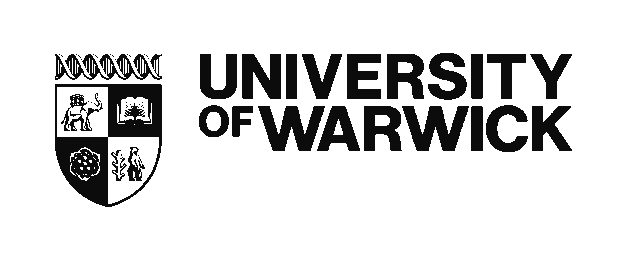Read What Our Customers &
Distributors Say
We breed new potato varieties for use all over the world. We installed a G:BOX image analyser because we need to have digital images of gels of our potato DNA fingerprints. This makes it easier for us to trace the origins of varieties and to have an audit trail for each new one we develop. We chose the G:BOX because it can accommodate our oversized gels and easily image them; with other systems we looked at we had to chop our gel into two pieces to image it and then stick the images together, which is too time consuming.
We also like the fact that Syngene has developed the software and hardware for the G:BOX and we can have direct contact with their experts to discuss what we want to do. The support we had from Syngene’s team has been very good and we’re very happy with our G:BOX system because it has made this part of the task of trying to identify unknown potato varieties much simpler.
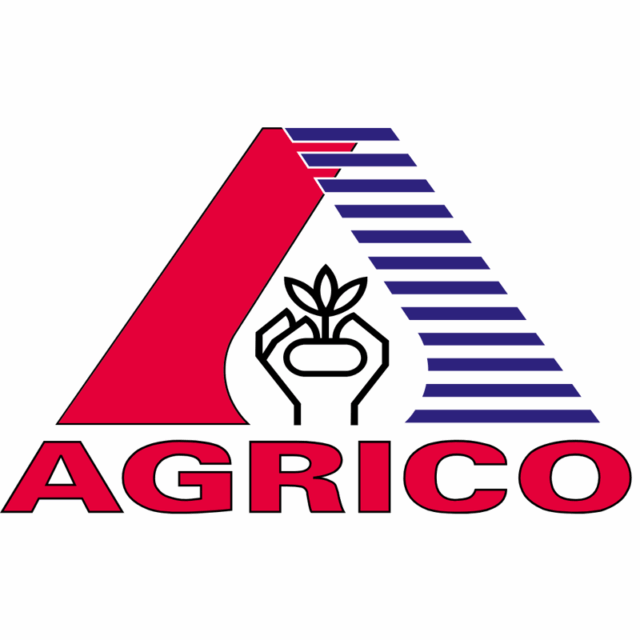
We installed a Dyversity imaging system because we needed to accurately detect small amounts of proteins associated with the human aging process. The Dyversity has been very easy to use as the training and the technical support we have had from Syngene have been exceptional.
With the system, we have been able to rapidly generate reproducible data which let us measure phosphorylation levels of different signal transduction molecules in insulin-like-growth factor1 pathway so the quantification and analysis capabilities of the Dyversity are exactly right for our work.

Our imaging work is mainly chemiluminescent blots of proteins associated with inflammatory diseases and is done by PhD and post-doctoral scientists, as well as students on our Masters’ course in Applied Biosciences. We were using ECL/X-ray film for this, but it was costly, required a darkroom and was difficult to obtain good quantitative results, which is why we assessed automated imagers.
We decided to purchase a G:BOX Chemi XRQ because the imaging box is easy to upgrade and Syngene staff are more knowledgeable when we ask technical questions. Our G:BOX Chemi XRQ is now in regular use because it is simple for everyone to set up and produces good quality images. We are pleased we chose the G:BOX Chemi XRQ imager for our lab.
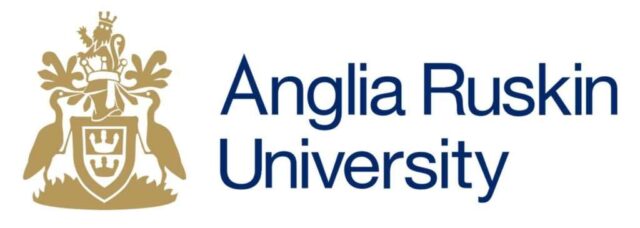
The ProtoCOL automated zone sizing system came with good IQ and OQ documentation and our local Synbiosis agent, Besha Analitika was very helpful with the set up. This meant we installed and validated the ProtoCOL’s performance for use in our GMP vaccine facility in time to test our seasonal flu vaccine batch.
Using the ProtoCOL we measured thousands of zones on serial radial immunodiffusion plates in much less time than we did before, which really helped us release our flu vaccine to market sooner.
counter.

We have used the ProtoCOL automated colony counter for food microbiology education and research and have been very happy with its performance. The ProtoCOL is an excellent tool for our food hygiene students because with minimal training, they can easily understand how to use the system and can rapidly obtain accurate results from complex counts of different bacteria isolated from food samples such as shellfish, sausages and beef burgers.
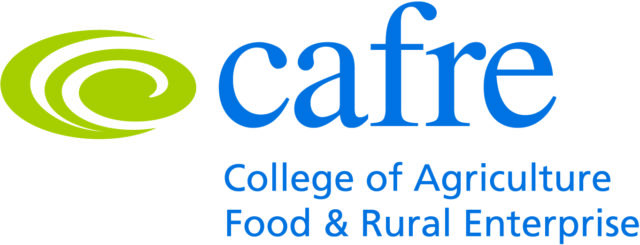
We are a contract microbiological testing laboratory and regularly test the sensitivity of new antibiotics using inhibition zone measurements in a 5 + 1 assay. We used to measure zones manually but it was taking too long to read each plate and we decided to assess automated inhibition zone measurement equipment.
We tested three systems and in terms of value for money and performance the ProtoCOL 3 inhibition zone measurement system came out in front, so we installed the ProtoCOL 3 and Synbiosis’s statistical analysis software. Using the ProtoCOL 3 and statistical analysis software, we can now analyse over 100 inhibition zones and have the potency results in the time it took us to manually measure just 25 zones on a square plate. The ProtoCOL 3 has really improved our throughput.
We developed a method to assess the mutagenicity of the gaseous substances using an Ames Test. To count the bacteria, we had an original ProtoCOL system with a black and white camera, which gave excellent results and is still in routine use.
When we started Cultex to offer this method commercially, we had no hesitation in installing a ProtoCOL because it is a robust system that produces accurate results time after time. Today our ProtoCOL provides good reproducible data – exactly what we need to confidently provide our clients with sound predictions about substance genotoxicity.
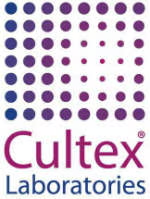
We use yeast as a model system for studying cellular changes in colon cancer. We spent a lot of time counting thousands of yeast colonies, a task which our trained staff found to be very laborious and prone to error. We tried some image analysis software to automate the process but it just could not accurately discriminate different colonies and was tedious to use. We were shown a ProtoCOL by a colleague and because the ProtoCOL has so much utility, yet is priced so that an academic lab can afford it.
We love our ProtoCOL as it can count plates with over 2000 colonies on them, some as small as a pencil point, and it can even segregate counts according to colony size or color, which is an amazingly useful feature. ProtoCOL indicates every colony it has counted with a dot, which means we are always in full control of the final count and it saves the images automatically so we can look at them again if we need to. We didn’t think a colony counter this good existed, but it does and now we wouldn’t be without our ProtoCOL.

We originally installed a GeneGenius system and Syngene upgraded this for us to a G:BOX. This G:BOX is very heavily used and last year we needed another one to cope with the demand. Since our first G:BOX has been very reliable and the support we have had from Syngene has been so fantastic, we had no hesitation in installing a G:BOX chemiluminescence imager as our next system.
Both G:BOX systems are very versatile and we use them in research to image standard DNA gels, gelatin zymograms and autoradiograms and even our final year students find them very easy to use. I would recommend the G:BOX systems to anyone wanting a great image analyser for their molecular biology research.
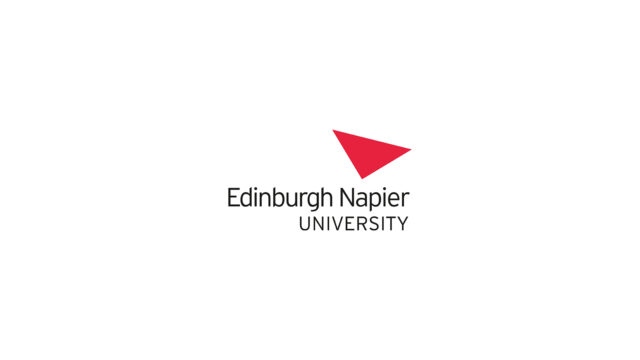
We are developing meningitis vaccines against Neisseria meningitidis and have to use the Serum Bactericidal Assay (SBA) to establish efficacy. We are counting around 800 – 1200 colonies on 70 SBA plates every week so to save time and maintain consistency of data we installed a ProtoCOL 3* automated colony counter.
Many of our scientists are not microbiologists but immunobiologists and they find the ProtoCOL 3 SBA counting software is straightforward to use. Often our colonies are very close together or touching and the ProtoCOL 3 software can easily distinguish them. We are very pleased with the way the ProtoCOL 3 peforms and we intend to continue using the system in future for SBA analysis, as well as for more challenging colony counting applications.
* ImmBio was supported in this purchase by a research and development grant from the Technology Strategy Board as part of the government-backed Biomedical Catalyst. Grant number 1204_BCF_CDS_R1 21601-155139 101360
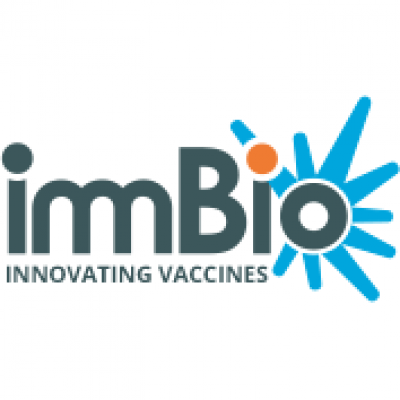
At Jamjoom Pharma we manufacture antibiotic, pharmaceutical and nutraceutical products. We installed a Synbiosis ProtoCOL to help speed up the colony counting and antibiotic sensitivity testing in our quality control processes. The technical people at Synbiosis were very helpful because they advised us how to set up the ProtoCOL system to operate to comply with GMP.
We chose the ProtoCOL because the system has the latest plate imaging technology and the way the software has been written means it is easy to obtain and store an image of each plate and the count data together. The fact ProtoCOL does this, made the ProtoCOL stand out as the right system for us.
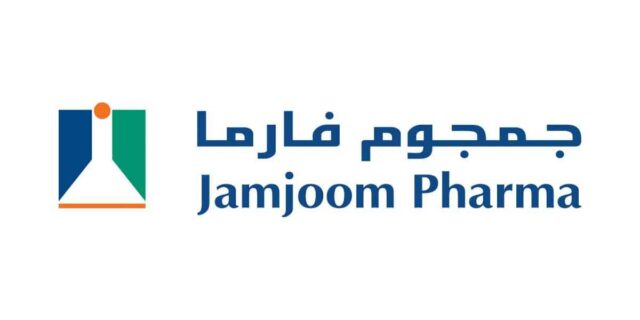

We are analysing chemiluminescent Western blots to look for expression of proteins involved in neurodegenerative diseases. We were spending a huge amount of time using X-Ray film to visualize our Western blots. This was difficult, as well as time consuming.
We chose to upgrade from our old Syngene gel doc, which we have used for many years but couldn’t analyse Western blots on, to the newer G:BOX Chemi XX6 imaging system. Now 10 scientists regularly use the G:BOX Chemi XX6 to detect their chemiluminescent proteins and we may in future use the system for fluorescent Western blots too. We all like the G:BOX Chemi XX6 because the software is easy to use and we can obtain our results quickly.

Our Lab is focused on gap junction-mediated intercellular communication. We study expression of gap junction proteins (connexins) under various physiological and pathological conditions. To analyse our results we need an imager that can perform well with DNA gels and chemiluminescent Western blots.
We reviewed a range of imaging systems and chose the G:BOX XRQ because it provides us the best all-round performance for an affordable price. We like working with the G:BOX XRQ because the system makes it easy to produce good publication quality pictures all in one programme and we can upgrade by buying other filters for fluorescent Western blots as and when we need them.

We are carrying out a trial to track the spread of Carbapenem-Resistant superbugs in the community after patients carrying the bacteria leave hospital. This generates a large number of different plate types and coloured colonies to analyse. We needed to increase our accuracy and throughput for this trial and decided automation was the way forward, so we installed a ProtoCOL 3.
We chose the ProtoCOL 3 because it can recognise different coloured colonies and distinguish one type of bacteria from another by colony colour, as well as calculate colony forming units/ml for us. Using the ProtoCOL 3 has taken the strain out of colony counting and given us more confidence in the accuracy of our results.
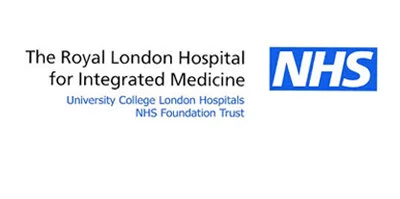
At Maastricht University we run a bachelors science programme to train students in complex molecular biology techniques. In this programme, students extract proteins from mosses, tropical leaves and insects, run the proteins on gels and then transfer them onto Western blots. On this course we need an imaging system that allows students to easily switch applications, to train them to analyse different gel and blot types.
After assessing two other imaging systems, we chose a G:BOX Chemi imager for the programme because the GeneSys software which comes with the G:BOX Chemi is much easier to use with minimal training. We have found the quality of the apparatus is very good and the service we have had from Syngene has been perfect in helping us to install and set up the G:BOX Chemi system so that our enthusiastic students can use it without any difficulty.

We’re using rabbit and mouse models to study the effects of glucose in metabolic diseases. To do this, we often have to analyse large protein gels and blots and leave our chemiluminescent Westerns developing for a long time with film to get good results.
To get away from using film, we reviewed three image analysers and chose the G:BOX Chemi XRQ because the system can easily image large gels and blots and the GeneSys software makes it simple to set up. Also the system’s binning feature gives us incredible sensitivity so for price and performance, the G:BOX Chemi XRQ is the clear winner.
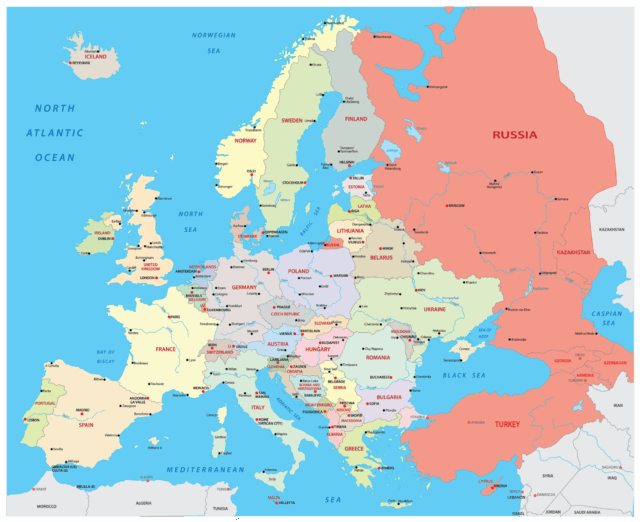
We work with clinical diagnostic vaccines and after vaccination we have to image which proteins are being expressed by neutrophils and leukocytes on chemi labelled Western blots. This is time consuming to do manually using X-ray film and is why we needed an automated analyser in our laboratory.
Several scientists from other laboratories all recommended Syngene imagers for performance and quality. We purchased a Syngene system without reviewing any others. My colleague and I have found our Syngene system is easy to use and has helped us obtain our Western blot results very rapidly.
We have been using the digital system to detect signals from our chemiluminescent Western blots previously, however the old system sometimes struggled to cool the camera down to the required temperatures during hot summer months. This was especially a problem when we needed long exposure times to detect low abundance signals in our samples. Therefore, we decided to replace it with the newer and more reliable system. G:BOX Chemi XX6 imaging system from Syngene was the most sensitive device from all devices that we had a chance to test, including our own old system. Therefore, we decided to purchase the G:BOX Chemi XX6 with the upgrade for fluorescent applications, and since then we successfully use it to acquire chemiluminescent Western blots, protein gels with proteins in-house labelled with various fluorescent dyes, and occasionally, we also analyse and count the bacterial colonies expressing fluorescent proteins. We are happy we decided for this versatile and easy to use system.

We’ve been using the Syngene G:BOX Chemi XX6 for imaging chemi blots to determine how conditions such as diabetes, Hepatitis C infection and obesity affect the amounts of drug metabolising enzymes that are expressed.
During that time, the G:BOX Chemi XX6 has worked well and we’ve had great training and service from Syngene. I’d definitely recommend the G:BOX Chemi XX6 to any scientist because the system is really easy to use and gives us good quality images every time.
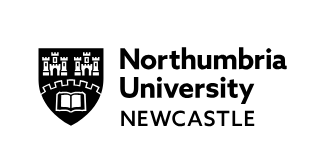
We are studying a range of large human plasma proteins using oversized agarose gels and large blots. We assessed the G:BOX Chemi XX6 alongside other image analysers and found this was the only systems that could accommodate such big gels and blots, which is why we chose to install the G:BOX Chemi XX6.
We have since found the software with the G:BOX Chemi XX6 is simple to use, making it easy for us to calibrate our markers and analyse all the protein bands and spots we want to. The system allows us the versatility for the diverse number of current and future projects we have to work on so we are very happy to have chosen the G:BOX Chemi XX6 imager.
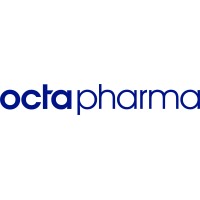
Our group tests the potency of clinical and pre-clinical meningococcal vaccines by counting around 60-120 tiny colonies per streak in six streaks on each plate post SBA assay. This is time consuming and difficult to do manually when we have more than 100 agar plates to count, which is why we decided to test the ProtoCOL 3. We were so impressed by how easy it is to use that we decided to buy the system.
The service and support we had from Synbiosis was excellent and everything was delivered on time and installed well. Using the ProtoCOL 3 has totally changed the way we work, we can now count around 300 agar plates per day, as well as generate results on vaccine potency, something which would have taken us a week to do manually. We’re extremely pleased to have the ProtoCOL 3 in our laboratory.

At Produlab Pharma we manufacture veterinary antibiotics and other veterinary pharmaceuticals. We installed a Synbiosis ProcScan system and statistical analysis software mainly to improve the data integrity of our antibiotic sensitivity testing.
We assessed two automated zone analysers but chose the Synbiosis ProcScan because the system is the only one that can measure inhibition zones in a 6 x 6 grid on large antibiotic susceptibility plates and records the raw plate images to provide hard evidence for clients or regulators to look at. We like using the ProcScan because the system not only saves us time but ensures the quality and traceability of our data.
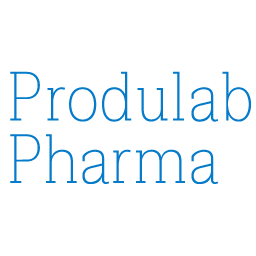
We bought an aCOLade colony counter for our lab because we needed a reliable, simple to use, anti-glare manual colony counter. We are now counting colonies on around 50 plates every day of all sorts of different bacterial and fungal colonies with aCOLade and have found aCOLade is sensitive, has a nice viewing magnifying glass and best of all we don’t have any reflection problems when counting white colonies on TVC plates.
When we needed help the Synbiosis team was very good. We know we can call to ask them anything to do with the aCOLade and they will respond very quickly. The aCOLade is brilliant and we’ll definitely re-order an aCOLade from Synbiosis when we need another colony counter.
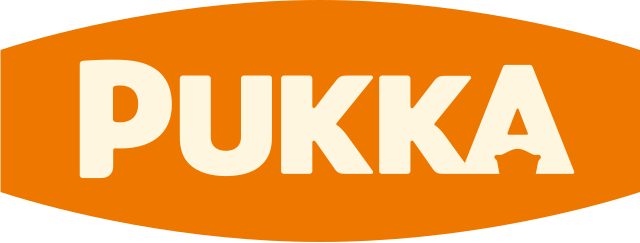
We are a department of 70 scientists mainly investigating breast cancer. Recently, we moved laboratory to a space which hadn’t got a darkroom and could no longer develop X-ray films of our chemiluminescent blots. We decided the time was right to move to digitising our imaging and reviewed systems from three different suppliers.
We installed the G:BOX Chemi XX6 because the system produces high quality images in a broad range of applications. We are very pleased with the G:BOX Chemi XX6 as it is simple to use and allows us to have a higher throughput of results compared to using X-ray film. We also like the fact that the system is easy to upgrade for different types of imaging.
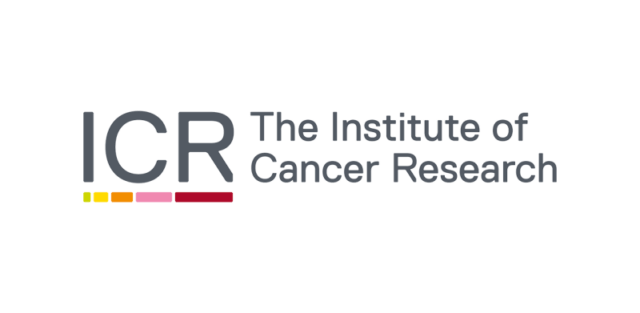
We’ve had our ProtoCOL at the Robert Mondavi Institute and the system is saving us so much time and a huge amount of manual work when counting colonies cultured from the food we’re testing in our field trials.
We look for Salmonella and E.coli 0157 and often use different chromogenic media to count blue, purple, white or even black colonies on many different colored background. Unlike some systems, the ProtoCOL can recognize and count all these colony types with ease. We also use spiral plates, gridded filters and pour plates, yet the ProtoCOL system can distinguish very small colonies and also grid lines from colonies. We can directly export results to Excel which saves us time with rekeying results and our undergrads like the system as it is not complicated to use. We’re very happy we chose a ProtoCOL for our research.
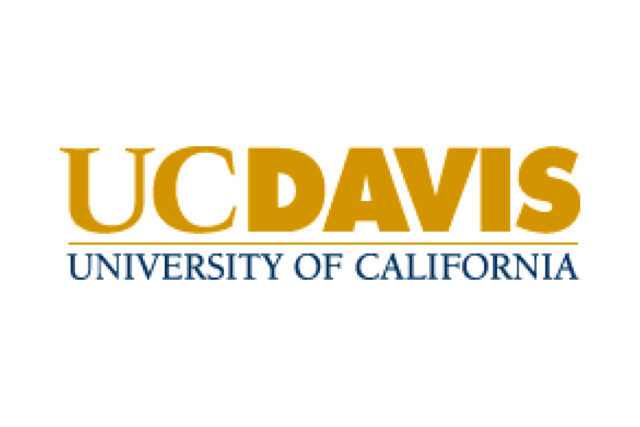
We are analysing chemiluminescent Western blots to look for expression of thrombospondin proteins. These can form oligomers which are larger than 200 kDa but can have low expression so it is very difficult using chemiluminescent blots and X-ray film to get the exposure just right to detect these proteins.
We decided to install the Syngene G:BOX Chemi XRQ because this system can accurately image large gels and blots with ease. Using the G:BOX Chemi XRQ we can leave the system capturing multiple images and exposures and can always detect our proteins quantitatively even when the signal is faint, avoiding the risk of over-exposure. This means we can analyse our chemi blots more easily and have much more confidence in our results.

We are a start-up biotech developing new technology in the fast developing DNA therapeutics field. As a small business we need to work quickly and efficiently and rely on equipment that is simple to operate and delivers what we want with high precision. In this respect, G:BOX EF meets all our needs.
Even though we have only had the G:BOX EF for a very short time, it is now being used to routinely analyse all our DNA and protein gels and its “point and shoot” capability has saved us countless hours. I have worked with several other gel doc systems and I can honestly say the G:BOX EF is one of the best I have used.
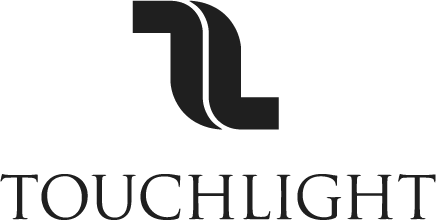
We routinely run OPAs because we are the WHO reference laboratory and provide testing for many groups. We have been using the ProtoCOL HR for this work for several years but have recently reached colony counting capacity in our lab. To maintain consistency, which is important in a validated assay, we assessed current automated colony counting technology and chose the latest ProtoCOL 3 system because the system is small and its counting performance is faster than the ProtoCOL HR.
We have found the support we have had from the Synbiosis team to help us make the transition to another automated colony counter was helpful so the ProtoCOL 3 was the right choice to help us increase our throughput in vaccine testing.
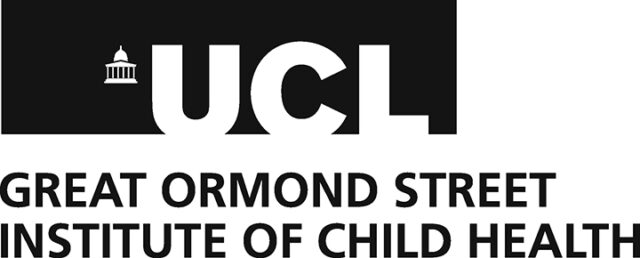
We are studying the changes that occur following exposure to stressors in non-coding RNAs in the model Gram positive bacteria, Bacillus subtilis. This may identify potential genetic targets, which could help in developing new anti-microbial therapies for drug-resistant bacteria. As part of this research we need an imager that can analyse chemi labelled Northern and Western blots, as well as image 25 cm plates of fluorescent protein expressing E. coli and B. subtilis colonies.
When we assessed the available image analysers, we found that the G:BOX Chemi XX6 is the only one with the flexibility to perform all these tasks so the system sold itself really. Since we installed the G:BOX Chemi XX6, the system has become a well-used workhorse and we have not yet found a fluorescence or chemi application the G:BOX Chemi XX6 cannot perform.
